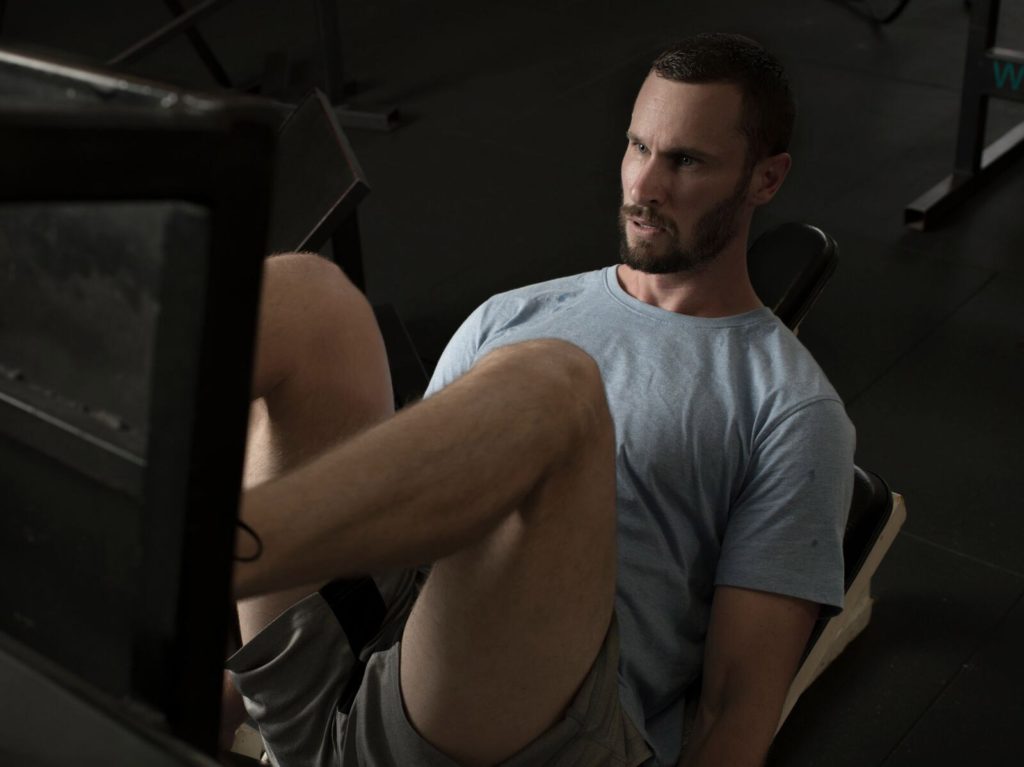
Most think about males and body building when we talk muscle. Well that is a little bit narrow minded given men and women have and need muscle for daily bodily functions. The human body has over 600 skeletal muscles which move our skeletons around and give strength and shape to our bodies. Like most things that are a part of this complex and amazing machine that is the human body, many take for granted the intricacies that take place day in day out.
Muscle has several uses and if not looked after correctly it will atrophy or waste. The old saying ‘use it or lose it’ is very true when it comes to skeletal muscle. Males have the added advantage of the hormone testosterone which pretty much dictates the amount of muscle they can build. Many of my female clients worry that they will ‘bulk up’ or put on too much muscle if they lift weights. Unless you are a female ‘genetic freak’, have an unusually high level of testosterone or take steroids then you really have nothing to worry about or perhaps you do…!
We shouldn’t be concerned only with aesthetics when it comes to muscle either. Muscle as a metabolic helper is not unlike coals on a fire for our machines to run efficiently or in other words to keep our metabolisms fired on all cylinders as muscle burns energy (body fat) 24/7. So in order to keep our body fat levels under control it is paramount to build or at least maintain some lean muscle as it is the tissue that is metabolically active. This is particularly important for females who tend to leave the weights for the boys and opt for cardiovascular work to control body fat levels. Big mistake! For every kilogram of lean muscle tissue that the average person maintains or builds we burn roughly an extra 50 calories at rest per day, hence increasing our resting metabolic rates.
Did you know that building lean muscle tissue by doing some gym work or resistance training will help to strengthen your bones? Well it does. By placing pressure on the skeletal muscles through weight training the bone’s density improves and that can help prevent fractures and other associated injuries. There is a huge difference between being ‘skinny and lean’. I have measured body compositions of males and females who I describe as ‘skinny fat’. They are soft and skinny with little muscle tone. I believe lean and toned is far more desirable and healthy.
So to maintain lean muscle we need to firstly use it and regularly by using weights or body resistance exercises. We need to stress the muscles for them to react and to get stronger. When we are lifting weights we feel the ‘burn’ which in essence is pressure making tiny micro tears in the muscle. When we sleep at night the tears repair and the muscle becomes more lean, tight and stronger. Of course the food we eat has a huge impact on the repair of the muscle ‘damage’. Lean protein contains amino acids which feeds muscle and rebuilds and repairs along with good quality carbohydrates and essential fatty acids which all play a role.

